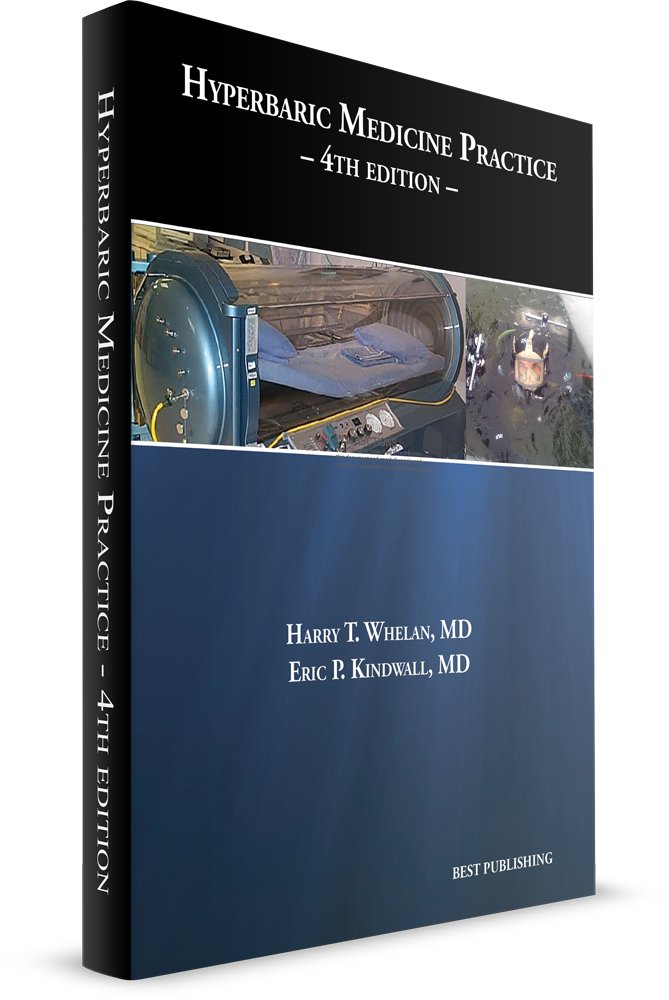
Although the incidence of clostridial myonecrosis infections has dropped precipitously in recent decades, it always remins a threat in injuries where contamination and severe tissue disruption have occurred. The decreased incidence of clostridial myonecrosis is attributed to the increased diligence of clinicians in preventing clostridial organisms from proliferating. This has been realized through the immediate initiation of antibiotics in open injuries, the use of prophylactic antibiotics in surveries, and the appreciation of the value of meticulous debridements in injuries where amssive contamination (e.g., farm-related), severe trauma to tissues (e.g., combat-related), and tissue death from hypoxia have occurred.
Questions related to clostridial infections had been frequently asked on examinations, especially with respect to HBO2. Typical questions included, what is the most important role of HBO2 in clostridial infections? The answer is that it prevents the clostridial organisms from generating their deadly endotoxins. Another group of questions relate to management with HBO2. The answer is that HBO2 is third in the line of interventions after appropriate antibiotics adn debridement surgeries. A third line of questions deal with C. septicum infections and their high associations with bowel tumors. Finally, C. oedematiens infections are tissue toxic adn do not produce gas, but cause massive edema in conjunction with systemic sepsis.
Source: Whelan, Harry T, MD; Kindwall, Eric P, MD. (2017). Hyperbaric Medicine Practice, 4th Edition. North Palm Beach: Best Publishing Company.
Get your copy today: Hyperbaric Medicine Practice, 4th Edition
